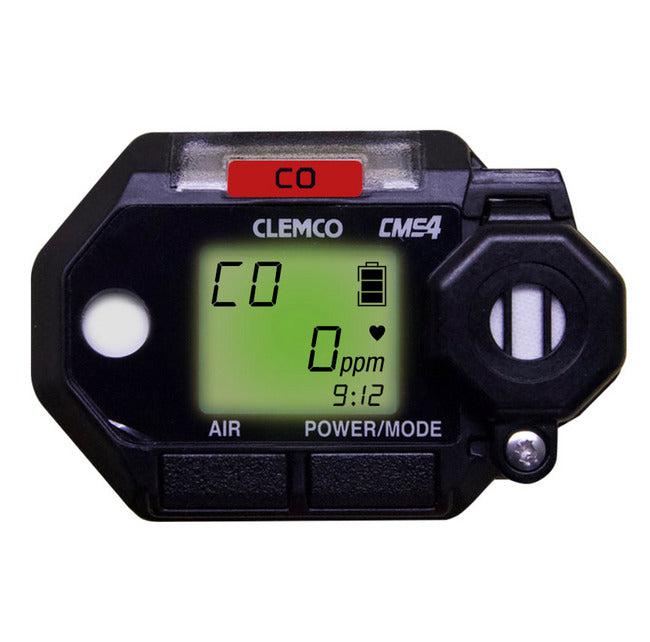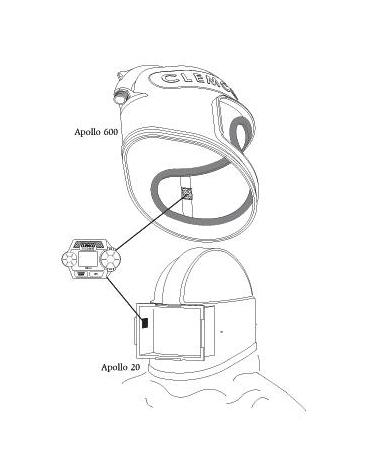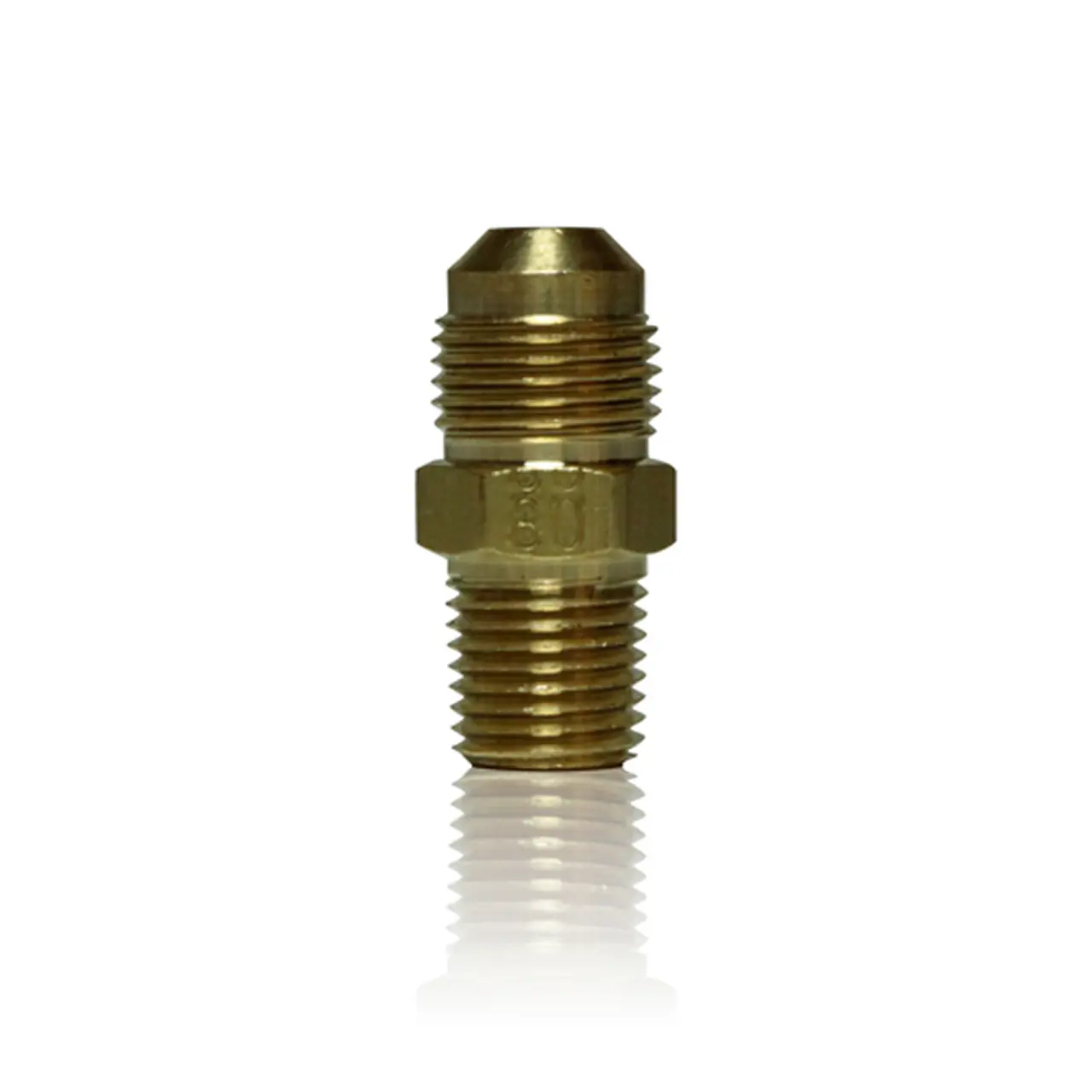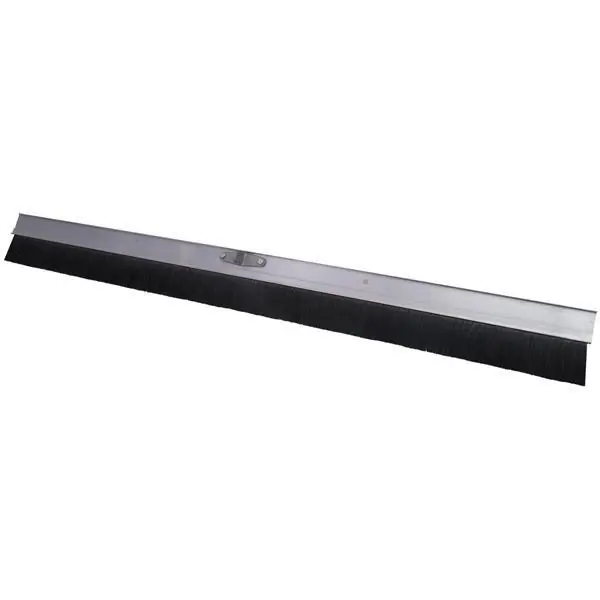Product Line Description
The CMS-4 monitor detects carbon monoxide in the breathing-air supply and triggers audible, visual, and vibratory alarms when CO is detected in concentrations of at least 10 parts per million. The alarms alert the operator to an unsafe condition.
Requirements for Operation
- Battery installed in the CMS-4
- 25 ppm calibration gas, calibration cup and connector
- Grade D or ambient-air breathing-air supply for the abrasive blast operator
- Thorough familiarity with the CMS-4 instructions
Description of Operation
OSHA requires Grade D quality breathing air and NIOSH-approved Type CE continuous-flow supplied-air respirators for abrasive blast operators. OSHA regulations call for a maximum exposure limit to carbon monoxide of 10 parts per million (ppm). When the presence of carbon monoxide is detected at this level, the CMS-4 emits an audible alarm, a visible flash, and the unit vibrates. When an alarm occurs, the user should remove the respirator immediately when it is safe to do so. To prolong battery life, turn unit off when not in use; turn unit on and re-install at beginning of work shift.
Advantages
- Blast operator can work independently. No need to rely upon others to warn operator or take action when monitor alarms. No need for remote alarm; each user is individually protected for instant awareness of a hazardous condition.
- Unit is small, lightweight, and conveniently worn inside blast respirator. Requires no external connections or hoses.
- Unit can be calibrated in minutes, is easily installed, and easily removed.
- Long-life, economical easy-to-replace sensor with estimated sensor life of 2 years.
- Unit uses small commonly-available lithium easy-to-replace battery with estimated life of 3000 hours.
- Microprocessor controlled with digital read-out for accurate readings.














